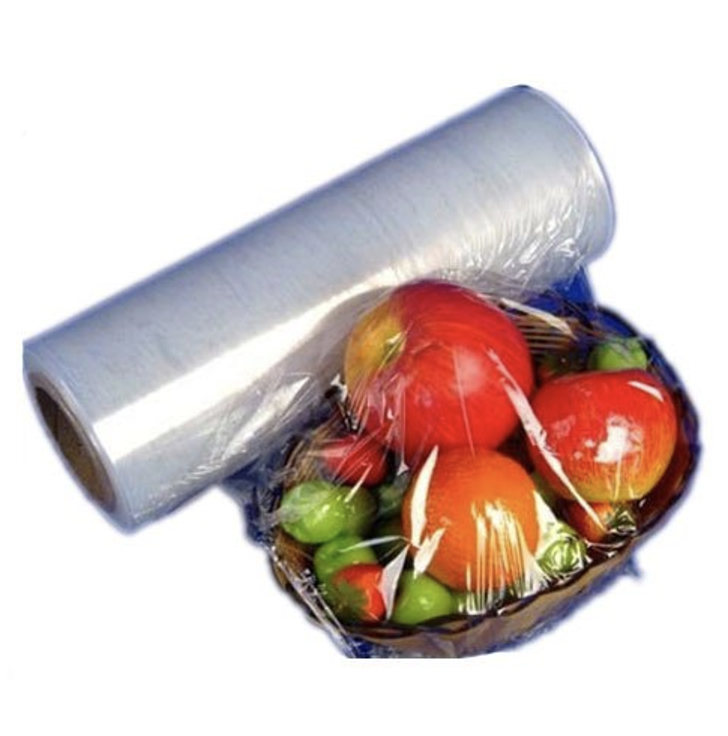In the fast-paced world of product distribution and retail, packaging is not just about protection—it’s also about presentation, preservation, and performance. One of the most versatile and widely used materials in modern packaging is the Packaging Film. Whether you’re wrapping food items, consumer electronics, pharmaceuticals, or industrial goods, packaging film provides a lightweight, cost-effective, and highly customizable solution.
This article explores what packaging film is, its types, benefits, uses across industries, and the trends shaping its future.

What is Packaging Film?
Packaging film is a thin, flexible plastic material used to wrap, seal, and protect products. It is typically made from polymers such as polyethylene (PE), polypropylene (PP), polyvinyl chloride (PVC), polyethylene terephthalate (PET), or bioplastics. The film can be transparent or opaque, printed or plain, heat-sealable or shrinkable, depending on the application.
Used either as a primary packaging layer (in direct contact with products) or as a secondary layer (for bundling or protection), packaging film plays a crucial role in extending shelf life, enhancing product appearance, and reducing shipping costs.
Types of Packaging Film
Packaging films are available in a wide variety of materials and formats. Here are some of the most commonly used types:
1. Shrink Film
• Made from PVC, PE, or polyolefin.
• Shrinks tightly around products when heat is applied.
• Common for packaging bottles, food trays, books, and multi-pack items.
2. Stretch Film
• Primarily made from linear low-density polyethylene (LLDPE).
• Used to secure pallet loads or bundle goods.
• Offers excellent stretchability and tear resistance.
3. Barrier Film
• Multilayered film that provides protection against moisture, oxygen, UV light, and other contaminants.
• Used in food, pharmaceutical, and medical packaging.
4. Laminated Film
• Combines two or more films (e.g., PET/PE, BOPP/CPP) for improved strength, barrier properties, or print quality.
• Suitable for snack bags, pouches, coffee packaging, etc.
5. Biodegradable and Compostable Film
• Made from materials like PLA (Polylactic Acid), starch-based resins, or cellulose.
• An eco-friendly alternative to petroleum-based films.
6. Vacuum Packaging Film
• Designed for vacuum-sealing food to prevent spoilage.
• Often used in meat, cheese, and seafood packaging.
Key Features of High-Quality Packaging Film
To meet the needs of modern packaging operations, packaging films must offer:
• ✅ Excellent Clarity – Ensures product visibility and consumer appeal.
• ✅ High Tensile Strength – Prevents tears and punctures during transport.
• ✅ Good Barrier Properties – Protects contents from oxygen, moisture, and odors.
• ✅ Heat Sealing Compatibility – Enables easy closure and tamper evidence.
• ✅ Printability – Supports branding and product information display.
• ✅ Eco-Friendliness – Options for recyclable or compostable films.
Applications of Packaging Film
Packaging films are used in virtually every industry due to their adaptability and cost-efficiency. Common applications include:
???? Food and Beverage
• Bread bags, frozen food pouches, meat wrappers, snack films
• Ensures freshness, hygiene, and extended shelf life
???? Pharmaceutical and Medical
• Blister packs, sachets, sterile wraps
• Provides barrier protection and tamper-proof sealing
???? Logistics and Shipping
• Stretch film for pallets
• Shrink film for bundling multiple items
• Improves load stability and shipping safety
???? Personal Care and Cosmetics
• Shampoo sachets, face mask packets, lotion sample films
• Adds a premium look and functional usability
???? Electronics and Industrial Goods
• Protective films, anti-static wraps, corrosion barrier films
• Safeguards sensitive items during transit
Benefits of Using Packaging Film
✅ Lightweight and Space-Saving
Packaging film reduces packaging volume and weight, which leads to lower shipping costs and more efficient storage.
✅ Cost-Efficient
Compared to rigid packaging, films require less material and lower energy to produce.
✅ Customizable
Packaging films can be tailored in thickness, texture, size, and print to meet product-specific needs and enhance branding.
✅ Improved Product Appeal
Clear, glossy, or matte finishes along with high-quality printing can greatly enhance a product’s shelf presence.
✅ Extended Shelf Life
Barrier films prevent contamination and spoilage, making them ideal for perishable goods.
Sustainability in Packaging Film
As environmental concerns grow, the packaging industry is evolving. Sustainable packaging films now focus on:
• Biodegradable materials (e.g., PLA, cellulose)
• Recyclable mono-material films
• Reduced thickness without losing strength
• Water-based inks and adhesives
Consumers increasingly favor brands with eco-conscious packaging, making sustainability a competitive advantage.
Tips for Choosing the Right Packaging Film
When selecting packaging film, consider:
• Product type: Food, electronics, pharmaceuticals, etc.
• Shelf life requirements: Need for oxygen or moisture barriers?
• Printing needs: Will the film be branded or unprinted?
• Sealing method: Heat seal, vacuum seal, or adhesive?
• Environmental goals: Is recyclability or biodegradability important?
Conclusion
Packaging Film represents the future of smart, flexible, and sustainable packaging. Its wide variety of types, properties, and applications make it a powerful tool for businesses across the globe—from food producers to tech giants. Whether you're aiming for improved product presentation, longer shelf life, reduced shipping costs, or eco-friendly innovation, there's a packaging film solution tailored to your needs.
Looking for premium packaging film for your business?
Contact us today or browse our packaging solutions https://www.smetlink.com/ to find the right film for your industry.
Comments on “Packaging Film: Flexible Innovation for Modern Packaging Solutions”